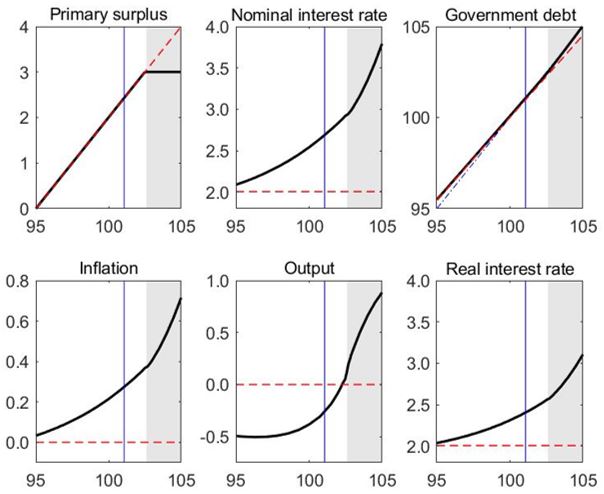References
Draghi, M. (2024): “Economic Policy in a Changing World,” Speech given at the National Association of Business Economists, Washington DC, 15 February 2024.
Humpage, O. (2016): “Fiscal Dominance and US Monetary: 1940-1975,” Federal Reserve Bank of Cleveland Working Paper No. 16-32.
Meltzer, A. (2003): A History of the Federal Reserve, Volume 1: 1913-1951, University of Chicago Press.
Sargent, T. (1982): “Beyond Demand and Supply Curves in Macroeconomics,” American Economic Review, 72, 382-389.
Schmidt, S. (2024): “Monetary-fiscal Policy Interactions when Price Stability Occasionally Takes a Back Seat,” European Central Bank Working Paper No. 2889.
Weidmann, J. (2020): “Too Close to Comfort? The Relationship between Monetary and Fiscal Policy,” Speech given at the OMFIF Virtual Panel, London, 5 November 2020.




